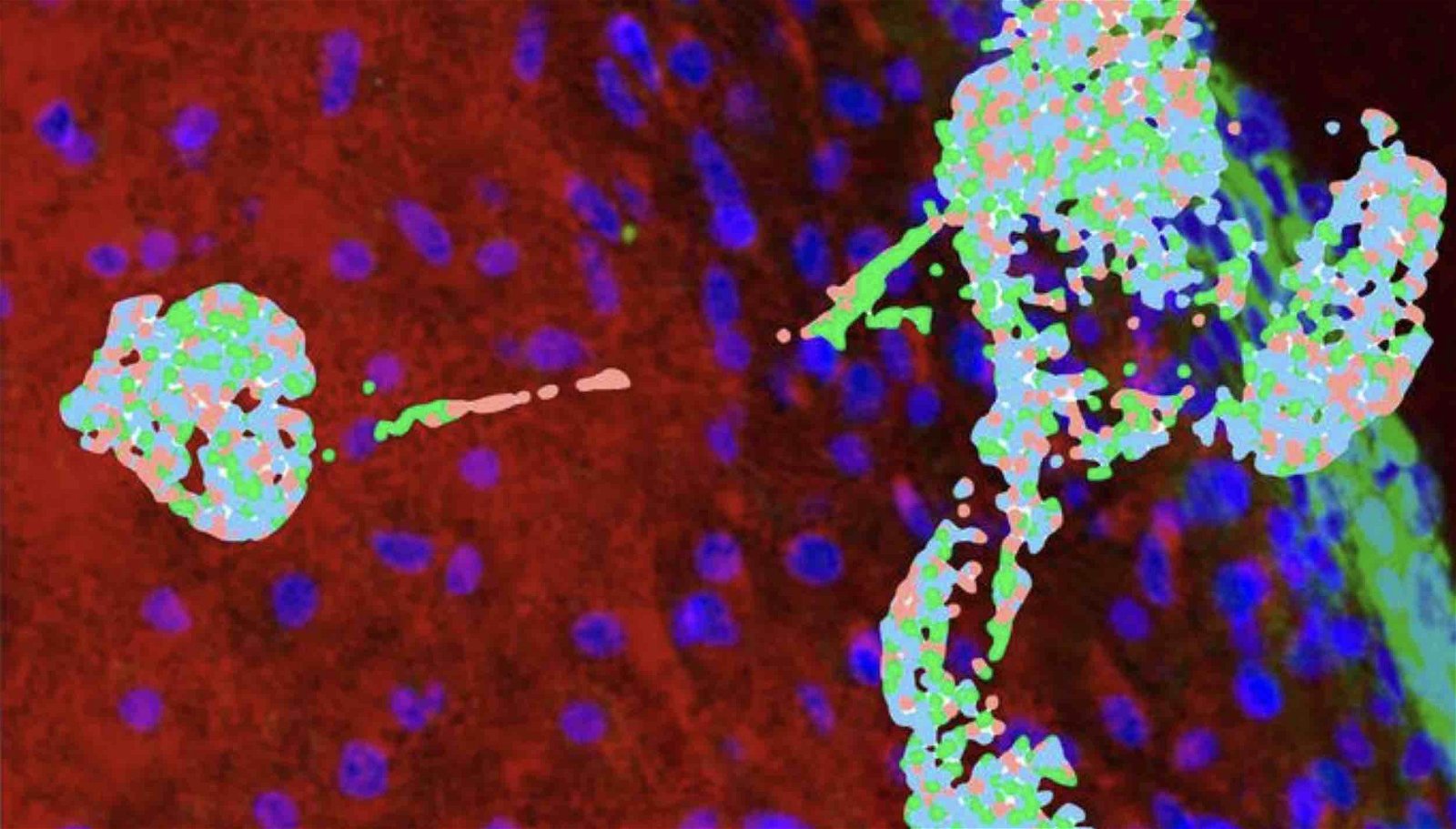A novel means of artificially generating human cartilage for the human head and neck could offer benefits to individuals suffering from degenerative joint diseases and other conditions, according to new findings.
The new method of producing cartilage was developed by a team of University of Montana researchers and colleagues, whose discovery could help provide new treatments for individuals who have sustained injuries that damage cartilage, or who suffer from degenerative diseases.
Every year, some 230,000 children are born in America with craniofacial defects. Because cartilage does not regenerate easily in the human body, there is a demand for viable artificial alternatives.
According to Mark Grimes, a professor of biology at the University of Montana in its Division of Biological Sciences, this critical need drove the team’s development of a new method that utilizes stem cells, which were leveraged in the creation of cells that form cartilage in the face and neck of humans.
Grimes says that these cells, known as neural crest cells, were successfully tapped to produce an entirely new means of generating craniofacial organoids.
Organoids are small versions of organs produced under lab conditions that replicate their key functions, structure, and biological complexity. Generally, these “mini organs” are produced using one of a variety of methods which can include the use of embryonic stem cells.
“Organoids are a good model for certain human tissues that we can study in ways that are not possible using tissue from human beings,” Grimes said in a statement.
Grimes and his colleagues analyzed gene expression data conveyed in RNA proteins to obtain a deeper understanding of the ways cartilage cells are produced from stem cells, which helped unravel how stem cells communicate during their initial stages to become the kind of cartilage that is found in our ears.
The team achieved this by analyzing biological markers and patterns recognized with help from machine learning, which revealed how cell signaling pathways are utilized as their transition into cartilage begins.
However, a challenge that arises from the use of artificial sources of cartilage involves the fact that the human body often rejects transplanted tissues, which results in a need for the use of immunosuppressant drugs for such procedures to work.
“To use patient-derived stem cells to generate craniofacial cartilage in the laboratory, you need to understand the human-specific differentiation mechanisms,” Grimes explained in a recent statement, adding that he and his colleagues hoped to find a method of producing craniofacial cartilage that would be more amenable for transplant surgeries by using stem cells.
Grimes and his team’s findings were the subject of a new paper, “Craniofacial Chondrogenesis in Organoids from Human Stem Cell-Derived Neural Crest Cells,” published in the journal iScience.
Micah Hanks is the Editor-in-Chief and Co-Founder of The Debrief. He can be reached by email at micah@thedebrief.org. Follow his work at micahhanks.com and on X: @MicahHanks.

